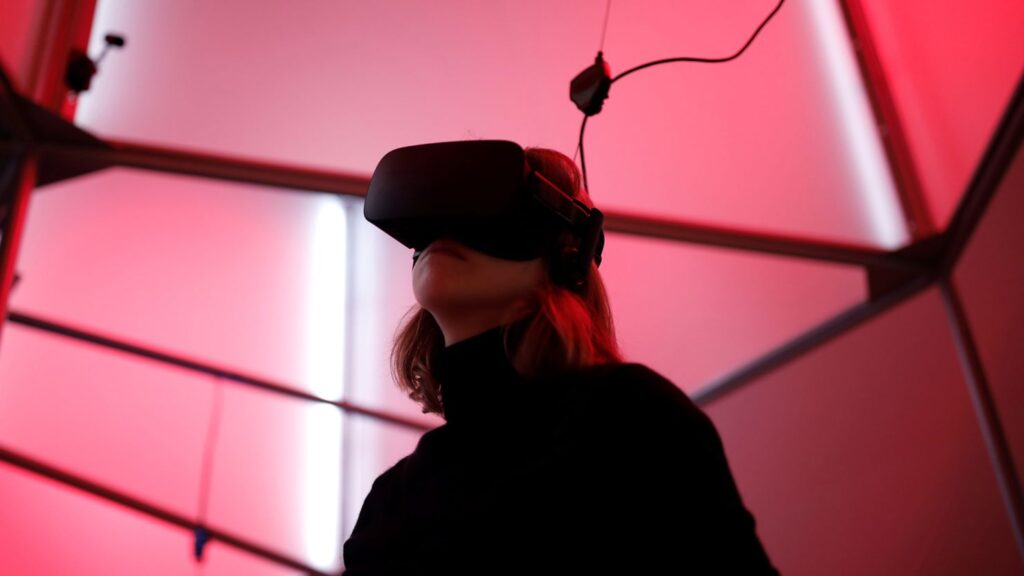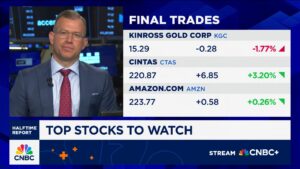
Virtual reality (VR) is on the brink of transforming entertainment, a promise that has lingered since the introduction of the Oculus Rift over a decade ago. While the industry has yet to fully deliver on this potential, recent developments suggest that significant changes may be forthcoming. Major tech and entertainment companies are increasingly collaborating to create immersive experiences that could finally attract a wide audience.
In June 2025, Meta initiated discussions with Disney, A24, and other entertainment entities to produce engaging content for its Quest VR headsets. This aligns with Apple’s recent enhancements to its Vision Pro headset, allowing users to share 3-D content, such as movies, and even experience immersive concerts featuring artists like Metallica. These moves indicate a renewed commitment from tech giants to entice consumers into investing in premium VR experiences.
Breaking the Cycle of Adoption
The past ten years have seen advancements in headset technology, resulting in lighter and more powerful devices. Companies are beginning to realize the potential of VR as a storytelling medium, although many past efforts have been viewed as pilot projects rather than long-term commitments. For instance, Meta offered virtual rinkside tickets for Stanley Cup games, echoing similar initiatives in basketball, while users have enjoyed virtual concerts, including performances by Alicia Keys and Blackpink.
Despite such initiatives, the industry has struggled with a “chicken-and-egg” dilemma: to attract compelling content, there needs to be widespread headset adoption, yet significant content is necessary to achieve that level of use. Sarah Malkin, director of entertainment content for Meta’s Reality Labs, believes that this cycle is beginning to break. “I think the ‘it moment’ is when you are regularly engaging in experiences in mixed reality that are super complementary and part of your integrated life,” Malkin stated.
According to IDC, global shipments of augmented reality (AR) and VR headsets rose by approximately 10% in 2024, reaching 7.5 million units. In the United States alone, shipments surged nearly 30.8% to 3.4 million. Although IDC anticipates a decline in shipments this year due to postponed product launches, a significant rebound is expected in 2026, with worldwide shipments projected to increase by 98.5% to 11.3 million units.
Challenges and Opportunities in VR
While the growth statistics paint an optimistic picture, the reality has not always matched expectations. Meta’s ambitious Metaverse initiative has cost the company approximately $46 billion over three years. Reality Labs reported an operating loss of $4.2 billion and only $412 million in sales for Q1 2025, a decline from earlier figures. Despite these setbacks, tech companies continue to explore the potential of VR. Meta has invested $3.5 billion in eyewear manufacturer EssilorLuxottica SA, and Snap plans to introduce new AR spectacles in 2026.
The push for VR and mixed reality technologies faces hurdles beyond content availability. Budget constraints and a lack of understanding among studios about how to create engaging VR experiences have hindered progress. Jenna Seiden, an industry consultant, emphasizes the need for native content tailored for immersive platforms rather than simply adapting existing flat media. “You need to build natively so the audience is going to have a different experience per platform,” Seiden stated.
As the media landscape evolves, the introduction of immersive content could provide a much-needed boost for struggling entertainment companies. Jack Davis, co-founder of CryptTV, notes that headsets could serve as a valuable distribution platform in an industry facing significant transformations. “This could be one of the only formats that premium entertainment actually seems like it makes sense for the user base,” Davis said.
Investment in XR technologies has fluctuated in comparison to more pressing innovations like AI and self-driving vehicles. According to Crunchbase, funding for AI has increased from $39.96 billion in 2019 to $105.36 billion in 2025, while XR funding peaked at $4.087 billion in 2021 before dropping to $347.69 million by 2025. However, some experts believe the tide is turning. Bertrand Nepveu, a former Vision Pro contributor, argues that as the understanding of AI solidifies, investments are returning to XR technologies.
Despite the challenges ahead, the potential for VR to reshape entertainment remains immense. The consensus on when VR will achieve its breakthrough varies widely, with estimates ranging from one to seven years. Paul Raphaël, co-founder of Felix & Paul, suggests that 2-D content may soon feel outdated in the wake of immersive storytelling. “If a film isn’t immersive, it doesn’t lose its value, but it becomes something of another era,” Raphaël said.
As companies continue to innovate and consumers show increasing interest, the entertainment landscape may soon undergo a revolutionary transformation, making the long-awaited promise of VR a tangible reality.






